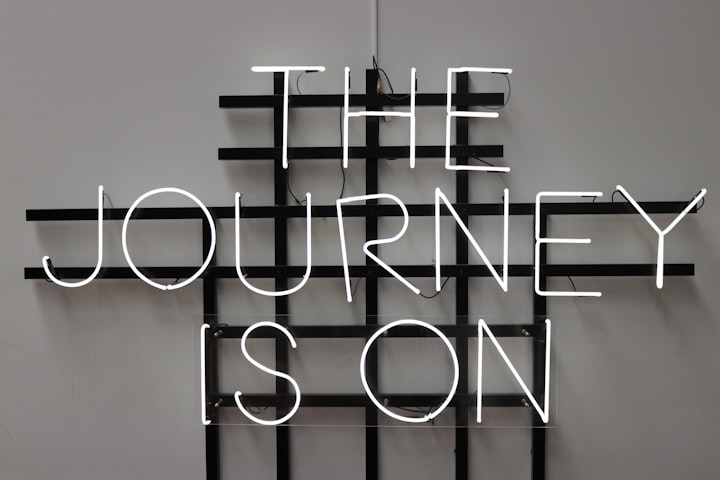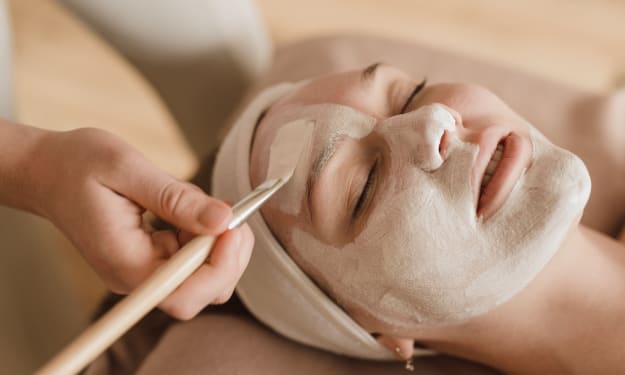How beauty brands failed women of colors?
Shades of Exclusion: Unveiling How Beauty Brands Overlooked Women of Colour

Note: AI is used for assistance in this article
If you're into makeup and you've been following Instagram beauty influencers or watching YouTube tutorials, you're likely familiar with the buzz surrounding Rihanna's makeup line, Fenty Beauty. The line made its debut during New York Fashion Week in September of this year, and ever since, its vibrant highlighters, matchstixs, and lip glosses have taken social media by storm. However, what truly stands out about Fenty Beauty is its impressive range of foundation shades – a total of 40 shades, to be precise. It's worth noting that many of the deeper shades quickly sold out both in stores and online within days of the launch. This is pretty remarkable considering that it's not often you hear about darker shades being in such high demand.
For a long time, the beauty industry has been criticized for neglecting women of color as consumers. But Rihanna's immensely successful makeup line has shattered the notion that the market for deeper shades isn't profitable for cosmetic companies. It has raised a significant question: Why haven't most other companies embraced the same level of inclusivity and experienced similar success?
Tiffany Gill, an Associate Professor of History and Black American Studies at the University of Delaware, points out an interesting fact about Fenty Beauty. It's not the first time a beauty line has offered an extensive range of shades. Prior to Fenty Beauty's launch, Make Up For Ever, a cosmetic company catering to professional makeup artists, introduced a campaign with a strong focus on skin tone inclusivity. Additionally, mainstream brands like Covergirl, Revlon, Maybelline, and L’Oreal have attempted to cater to a wider spectrum of complexions. However, a visit to drugstores and department stores reveals a clear pattern: there's an abundance of beige shades to choose from, while darker shades are limited to just a few options.
When it comes to foundation matching, Tasha Brown, a makeup artist based in LA, explains that the key is understanding the undertone of the skin. This involves identifying the underlying skin tone on a cool-to-warm spectrum. However, despite the simplicity of this process, finding deeper shades with the right undertones for women of color has proven to be a challenge. Al-Nisa Ward, a cosmetics expert, emphasizes that creating deeper shades isn't inherently difficult. The basic foundation base remains the same; the only difference is the ratio of pigments. All foundations contain the same four pigments: titanium dioxide, iron oxide red, iron oxide yellow, and iron oxide black. Adjusting these ratios produces lighter or darker shades.
The struggle to find suitable shades extends beyond foundation. Blush and lipstick are also problematic areas, with lighter washes that don't cater to the demands of deeper skin tones. Tasha Brown highlights the need for more pigment in products designed for darker skin tones.
The lack of inclusivity in the beauty industry can be attributed in part to the underrepresentation of people of color in fields related to cosmetics. For instance, as of 2014, only 18% of American Chemical Society members were individuals of color. In 2015, Black, Hispanic, and Asian women accounted for only 16.3% of workers in the personal care products industry.
The desire for representation and variety as consumers is a driving force. People want to walk into stores and see products that reflect their own diverse experiences. In recent years, mainstream beauty companies have made efforts to become more inclusive. However, the question remains: Why has it taken them so long to achieve this?
Tiffany Gill suggests that beauty standards have traditionally been based on narrow ideals of beauty, often overlooking a wide range of potential consumers. Some brands are hesitant to embrace inclusivity, fearing it might damage their image or make their brand appear less glamorous. This bias is deeply rooted in the industry's history. In the late 1940s, makeup for black women was available, yet beauty companies still emphasized skin lightening products.
The "Black is Beautiful" movement of the 1970s marked a turning point, celebrating blackness and advocating for a wider range of beauty standards. This shift was mirrored in the beauty industry, with more products catering to the black community. Brands like Fashion Fair Cosmetics, Maybelline, Black Opal, Iman, and Covergirl began to offer products for women of color. Luxury brands like NARS, MAC, Bobbi Brown, Black-Up, and Make Up For Ever followed suit.
However, challenges persisted. L'Oréal faced accusations of whitewashing in its campaigns, while MAC's "Vibe Tribe" collection was criticized for cultural appropriation. Independent beauty brands stepped up to fill the gaps, with koyVoca, Cocotique, and The Lip Bar offering extensive products for women of color.
The difference in approach between mainstream and independent brands is evident in their marketing strategies. While major brands often rely on traditional advertising, independent creators harness the power of social media. This change has transformed the beauty industry, creating a more intimate connection between influencers and their followers.
Rihanna's Fenty Beauty has made a significant impact by not only offering an inclusive range of shades but also embracing a vision of makeup that's deeply personal to her. Rihanna's involvement in the creative process underscores the authenticity behind the brand's success.
In conclusion, Fenty Beauty's success has shaken up the beauty industry, highlighting the demand for inclusivity and representation. While some mainstream brands have made progress, there's still a long way to go in ensuring that all consumers, regardless of skin tone, feel seen and valued in the world of cosmetics. The journey toward true inclusivity requires a shift in traditional beauty standards and a commitment from companies to listen and respond to the diverse needs of their customers.
Like what you read? Consider liking and subscribing for more! :)






Comments
There are no comments for this story
Be the first to respond and start the conversation.